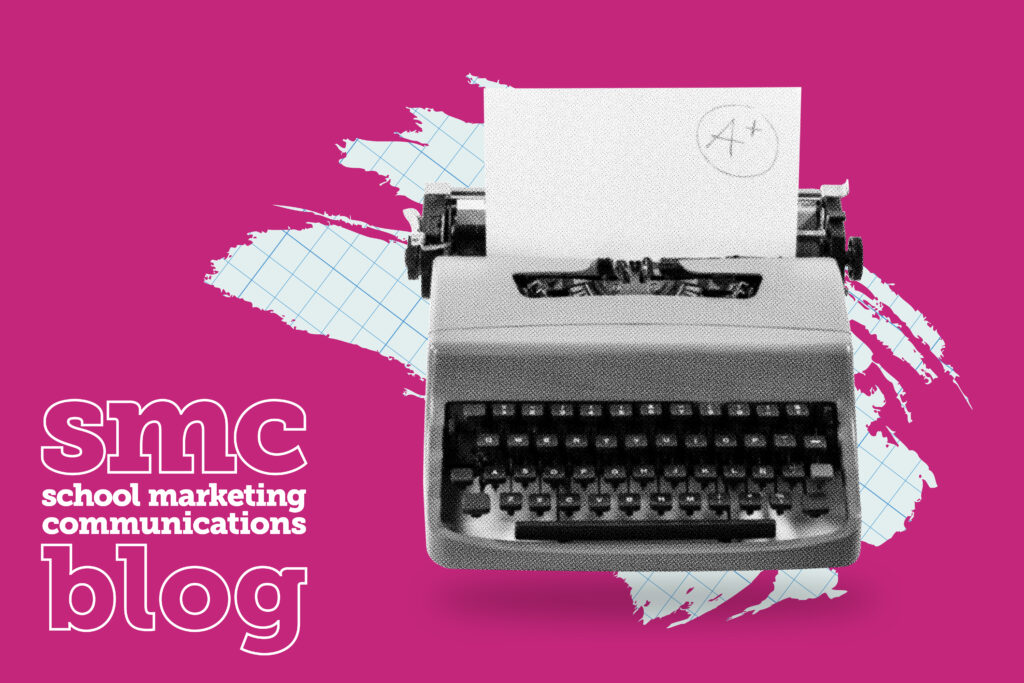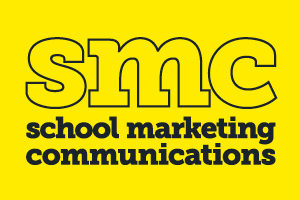It’s a fact – we are all human and we all make mistakes.
It doesn’t matter how experienced or exceptional you are as a writer, your work still needs to be proofed. I’m sure you have heard horror stories of a word being used in the wrong context, giving it a totally different meaning, or a number being left out of a phone number.
Marketing material with errors can be costly. Parents expect a school to provide accurate, even superior, material simply because it is an educational institution. They might think, “If they can’t get their marketing material right, how can I trust them with educating my child?” This argument may seem a bit harsh, but I have heard it said and it isn’t totally unwarranted.
Simple mistakes can affect a school’s credibility and damage its reputation. Don’t learn the hard way – always proof your work and without fail always get someone to double check it.
Here are some common mistakes to look for:
Not allowing enough time
If you rush a job you are more likely to make mistakes. When you are very close to a deadline you may feel pressured to distribute work quickly or send it to the printer without checking. Don’t. Take the time to do a final proof. A mistake found in printer’s proof will cost time and money to correct as it holds up production, and new printing plates usually come at a price. Even worse, if you don’t check the printer’s proof you might end up with the added expense of reprinting the material.
Only proofing the document yourself
Mistakes often happen when you have worked on a document for a long time. You become too familiar with your own work making it easy to miss obvious errors. Always get a ‘fresh set of eyes’ to proof your work, especially if only one person has been looking at the same material over and over. You may be surprised at what other people pick up.
Focusing on the body copy
The tendency is to look at the body content and overlook obvious items. Make sure you check the headings, captions and contact details as errors in these items stand out and leave a bad impression.
Relying on the spellchecker
Remember that a spelling and grammar check doesn’t pick up everything and typos can easily go unnoticed. A spellchecker tool won’t help with words that sound similar but have different spellings and meanings. It is a good idea to make a list of common errors that you encounter whilst proofreading. Some examples are listed below:
- Using the contraction rather than the possessive form and vice versa, such as it’s and its, you’re and your, who’s and whose.
- Using the wrong word, such as principle instead of principal, practice instead of practise, lead instead of led, and their instead of they’re or there.
- Inserting an unnecessary apostrophe, for example, the Smith’s instead of the Smiths, or ‘All new student’s need to meet in the foyer at 9am.’
- Mixing verbs and nouns, such as affect and effect.
Missing words or letters
We tend to read what we expect to see, so omitted words or letters can easily be overlooked. These types of mistakes can slip in when copy has been altered, particularly at the design stage. Reading copy aloud helps highlight missed words or letters.
Inconsistent use of words or style
Follow your school’s style guide. Make sure you know whether your school uses program or programme. Unless it is part of a known name such as International Baccalaureate Diploma Programme, use what your school has decided upon. Be aware of basic convention such as how numerals, dates and time should be expressed. An example is whether the date style is 18 April, April 18 or 18th April. Avoid using ampersands in body copy. Content with multiple &s included is distracting and unprofessional.
Not proofing from a printed copy.
It is very easy to glance over errors on a computer screen. Always print a final hard copy to give you a perspective of what the reader will see.
Not providing all people involved the opportunity to approve copy
It might seem a chore at the time, but each person involved has a different perspective and notices different things. This is especially critical for important documents such as yearbooks.
Never underestimate the reasons why your school marketing materials need proper proofing. A document can never be proofed enough. At the end of the day it will save you time, money and stress.







